Latest NRAO News
News is managed by NRAO News & Public Information. Questions about News? Have a story to share? Want to interview a scientist or create new media about our telescopes?
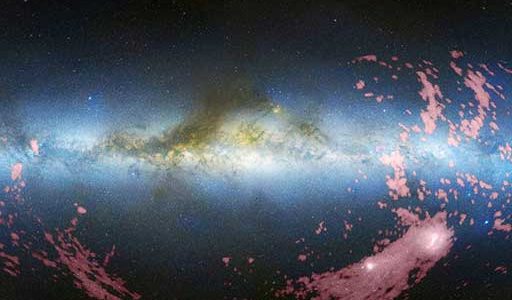
A giant stream of gas flowing from neighbor galaxies around our own Milky Way is much longer and older than previously thought, astronomers have discovered.
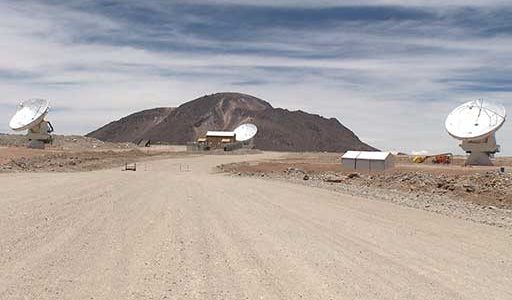
The Atacama Large Millimeter/submillimeter Array has passed a key milestone crucial to producing the high-quality images that will be the trademark of this revolutionary new tool for astronomy.
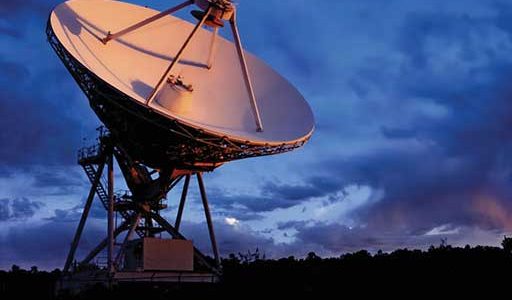
Astronomers will tie together the largest collection of the world’s radio telescopes ever assembled to work as a single observing tool in a project aimed at improving the precision of the reference frame scientists use to measure positions in the sky.
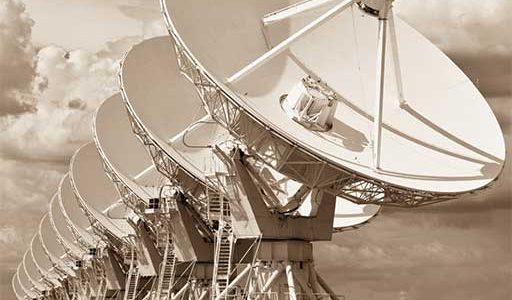
Astronomers using the National Science Foundation’s Very Large Array radio telescope have gained tantalizing insights into the nature of the most distant object ever observed in the Universe — a gigantic stellar explosion known as a Gamma Ray Burst.
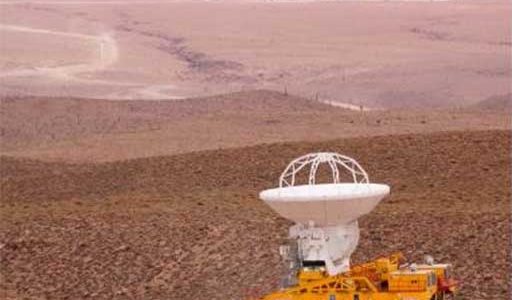
The ALMA astronomical observatory took another step forward and upward, as one of its state-of-the-art antennas was carried for the first time to Chile’s 16,500-foot-high plateau of Chajnantor on the back of a giant, custom-built transporter.
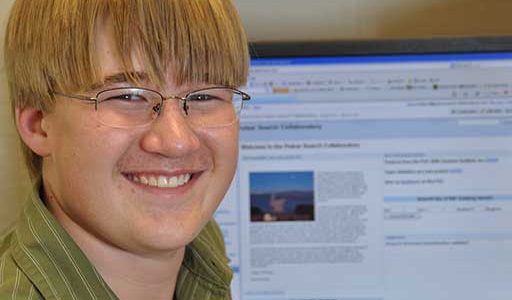
A West Virginia high-school student analyzing data from a giant radio telescope has discovered a new astronomical object — a strange type of neutron star called a rotating radio transient.





